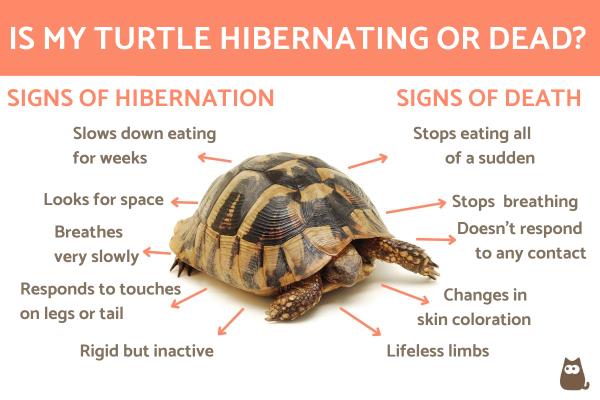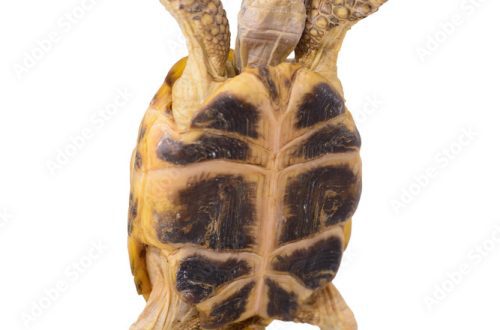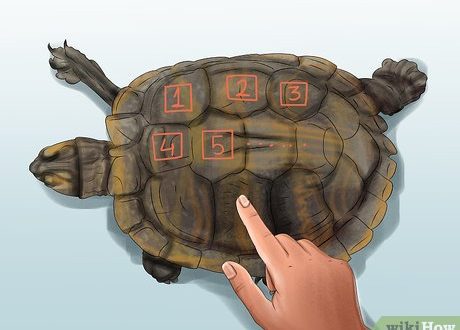
Ikú ijapa, ami ati gbólóhùn ti iku
Like any other creature on the planet, the turtle can die. This happens due to illness, improper maintenance, old age. Death from old age is extremely rare, especially when kept at home. Usually, by adulthood, a turtle accumulates and makes itself felt a number of diseases. To prevent premature death, you need to carefully monitor the condition of the pet, create all the necessary and close to natural conditions for keeping and feeding. And in case of malaise, apathy, lack of appetite or other alarming signs, contact a veterinary herpetologist. At the initial stage of the disease, the percentage of successful treatment is higher.
But often in an animal like a turtle it is difficult to determine whether it is really dead or is in a state of hibernation, a coma. In doubtful cases, it is better to leave the turtle for a day, and then re-determine (usually after such a period the picture becomes clearer).
To do this, we will describe some criteria by which you can make a conclusion about the condition of the turtle.
- If the turtle was kept on a cold floor, in a terrarium or was in a state of hibernation, transported in a container without heating, then first such an animal must be warmed by placing it in warm water (but so that the turtle does not drown and choke), and then under a heating lamp . If there is no activity after that, then evaluate the following items.
- Determine the presence of reflexes. The corneal reflex and the pain reflex are especially indicative. To determine the pain reflex, you can prick the paw of the turtle with a needle, in the presence of pain, the turtle pulls back the paw, moves it. The corneal reflex is expressed in the closure of the eyelid in response to irritation of the cornea. That is, it is necessary to touch the cornea and determine whether the turtle reacts to this by closing the lower eyelid.
- The next thing to do is to open the turtle’s mouth and check the color of the oral mucosa. In a live turtle, it is pink (may be pale or bright pink, depending on the condition), in a dead one, it is bluish-gray (cyanotic).
- When checking the color of the mucous membranes in the mouth, one can assess the presence of respiratory movements by opening and closing the laryngeal fissure at the base of the tongue. The laryngeal fissure opens during inhalation and exhalation, the rest of the time it is closed. If there is no movement of the laryngeal fissure, or it is constantly open, then, most likely, the turtle is no longer breathing.
- If after you open your mouth, it remains in such an open state, this already indicates that the turtle has rigor mortis.
- Heartbeat, unfortunately, cannot be determined at home without special medical equipment.
- Sunken eyes can serve as an indirect sign of death. But, of course, you should not use it as the only sign.
- At the stage of cadaveric decomposition, a characteristic unpleasant odor appears from the animal.





